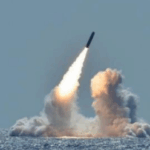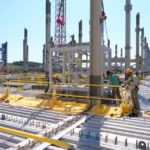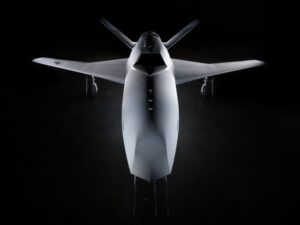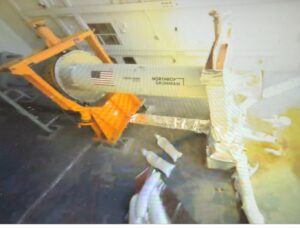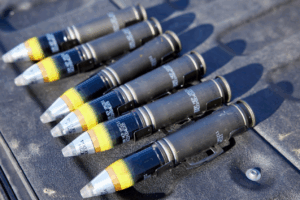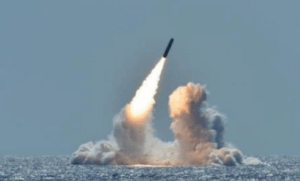
The Los Alamos National Laboratory would be barred from expanding equipment needed to dispose of surplus plutonium until the lab certifies it can produce at least 30 nuclear weapon cores annually, under a bill passed last week. The 2024 National Defense Authorization Act, which Congress passed Thursday, would prohibit expansion of the Advanced Recovery and Integrated Extraction System (ARIES) at the Los Alamos National Laboratory’s PF-4 Plutonium Facility, where personnel process surplus plutonium as part of a multi-site mission that…


